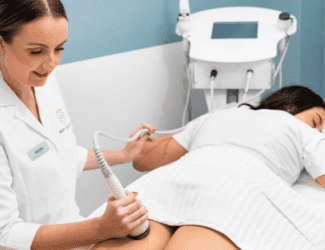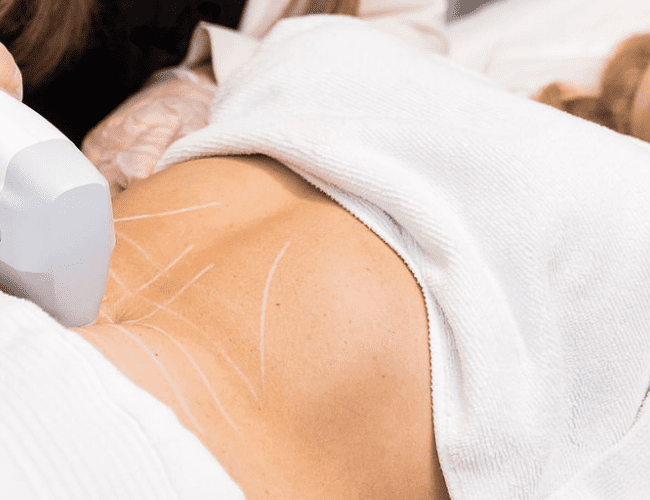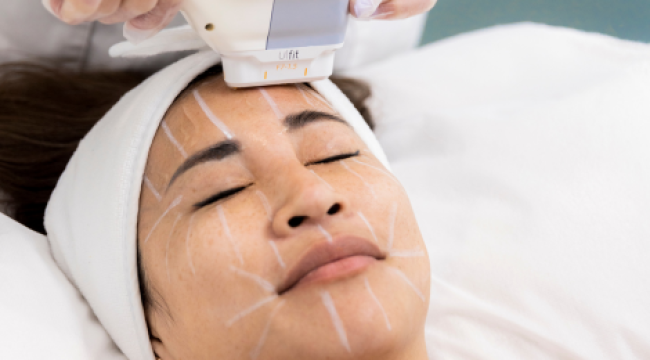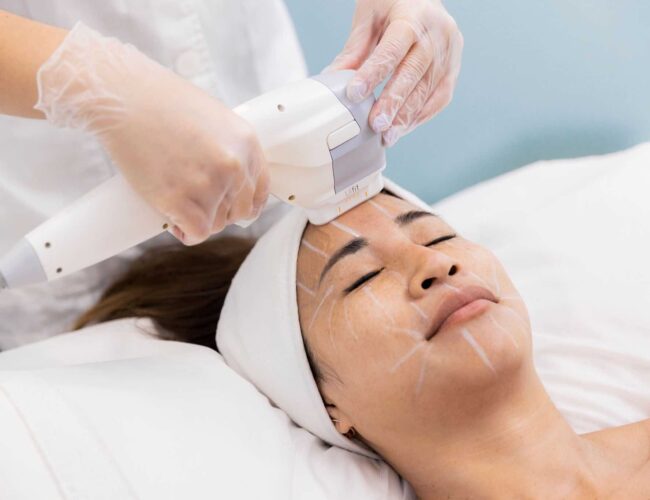Home > Clinical Studies > Histological and Ultrastructural Effects of Ultrasound-induced Cavitation on Human Skin Adipose Tissue
CLINICAL STUDY
HISTOLOGICAL AND ULTRASTRUCTURAL EFFECTS OF ULTRASOUND-INDUCED CAVITATION ON HUMAN SKIN ADIPOSE TISSUE
Daniele Bani, MD, Alessandro Quattrini Li, MD, Giancarlo Freschi, MD, and Giulia Lo Russo, MD
Background:
In aesthetic medicine, the most promising techniques for noninvasive body sculpting purposes are based on ultrasound-induced fat cavitation. Liporeductive ultrasound devices afford clinically relevant subcutaneous fat pad reduction without significant adverse reactions. This study aims at evaluating the histological and ultrastructural changes induced by ultrasound cavitation on the different cell components of human skin.
Methods:
Control and ultrasound-treated ex vivo abdominal full-thickness skin samples and skin biopsies from patients pretreated with or without ultrasound cavitation were studied histologically, morphometrically, and ultrastructurally to evaluate possible changes in adipocyte size and morphology. Adipocyte apoptosis and triglyceride release were also assayed. Clinical evaluation of the effects of 4 weekly ultrasound vs sham treatments was performed by plicometry.
Results:
Compared with the sham-treated control samples, ultrasound cavitation induced a statistically significant reduction in the size of the adipocytes (P < 0.001), the appearance of micropores and triglyceride leakage and release in the conditioned medium (P < 0.05 at 15 min), or adipose tissue interstitium, without appreciable changes in microvascular, stromal, and epidermal components and in the number of apoptotic adipocytes. Clinically, the ultrasound treatment caused a significant reduction of abdominal fat. Read the full article here.








